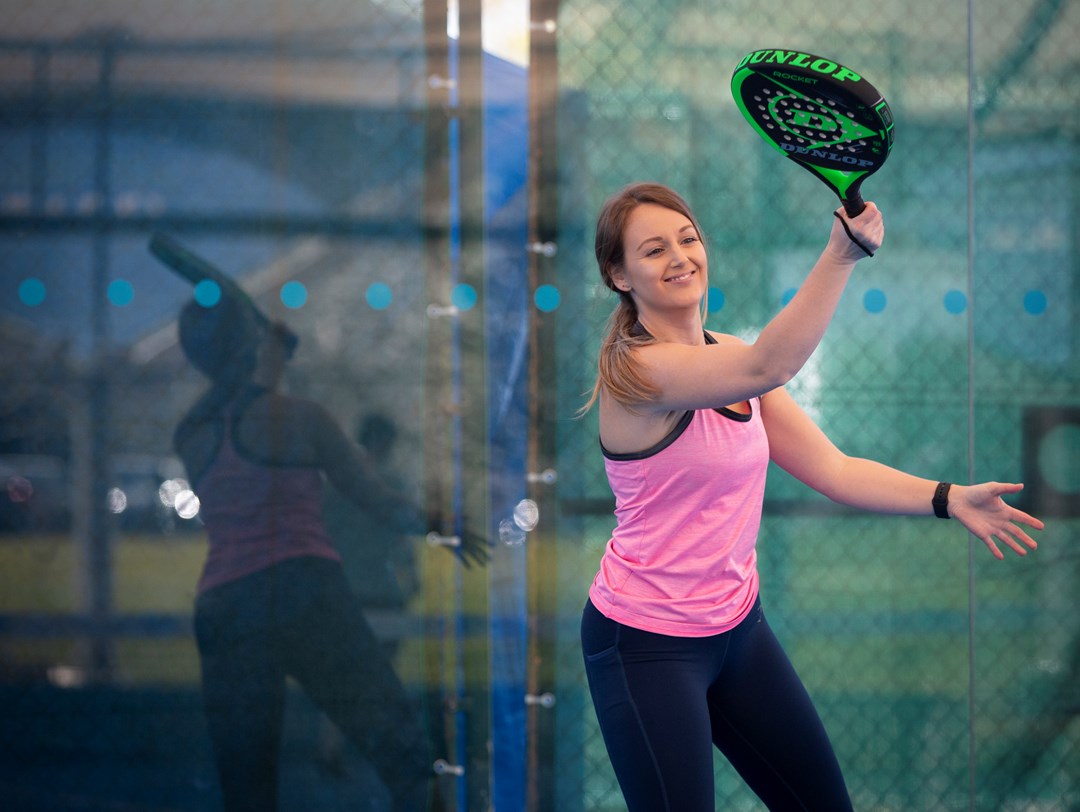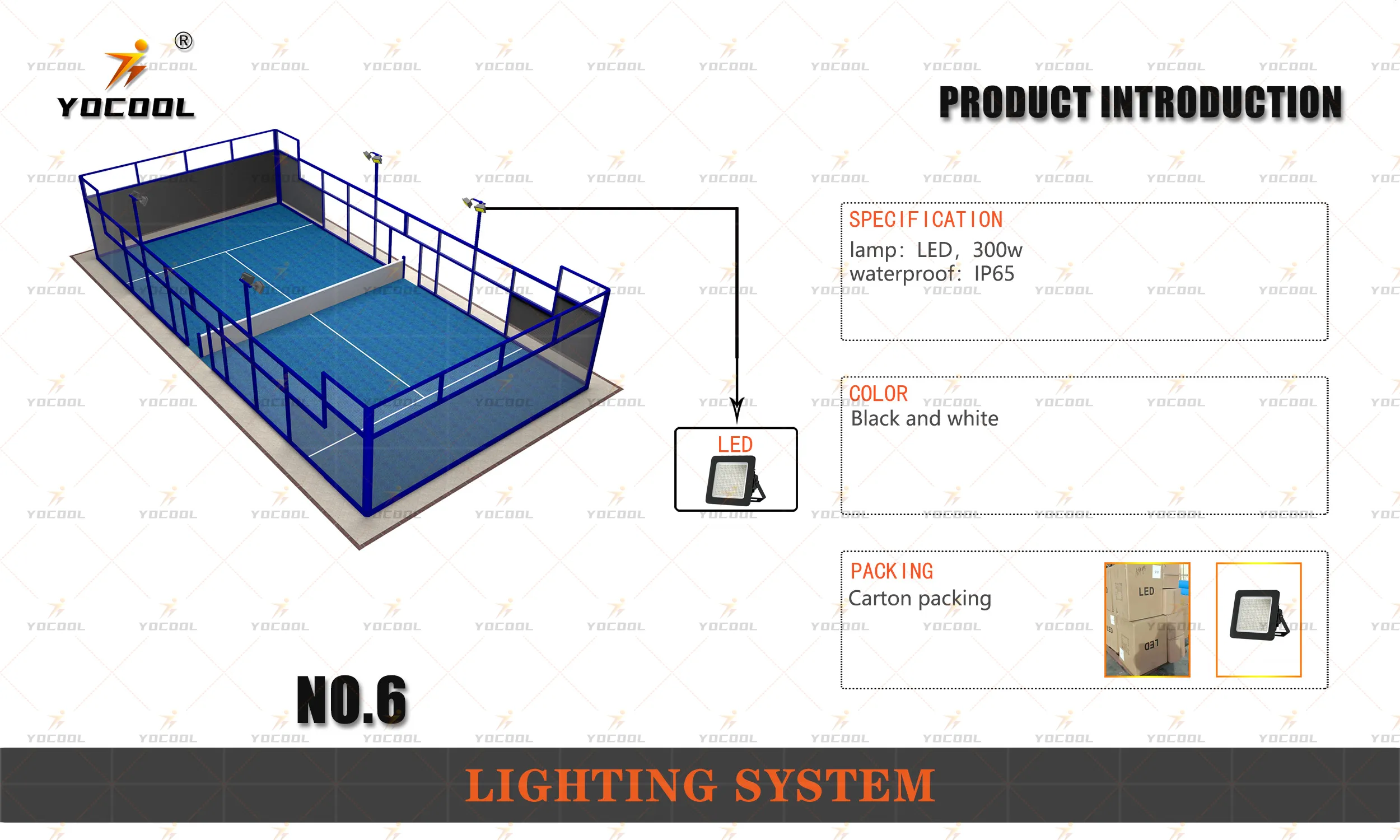Building your own padel court is an exciting venture that not only enhances your property's recreational value but also adds a unique dimension to your fitness regime. This guide is designed with SEO at its core, focusing on the user experience and delivering authoritative information to help you transform your vision into reality.

First, understanding the fundamental requirements for constructing a padel court is crucial.
A standard padel court measures 10 by 20 meters. You need a flat, stable surface, ideally a concrete slab, to ensure long-term durability. Drainage is critical to prevent water accumulation, which could otherwise disrupt play and damage the surface.
The flooring is one of the most distinguishing aspects. Opt for artificial turf that offers excellent traction and cushioning. This surface not only enhances performance but also reduces the risk of injuries. The turf should be complemented by high-quality silica sand infill for added stability and ball bounce consistency, ensuring the court meets the highest standards of playability.

Fencing is equally significant. Padel is played within an enclosed space, typically using tempered safety glass or high-density mesh. Glass walls are popular for their aesthetic appeal and durability. Not only do they withstand impacts but they also allow for excellent visibility, enhancing the spectator experience.
Lighting plays a pivotal role, particularly if you plan to use the court for evening games. LED lights are the most effective, providing bright, uniform illumination while being energy-efficient. Well-placed lighting not only aids game performance but also minimizes shadows and glare, contributing to an optimal playing environment.
When it comes to the net, invest in one that offers adjustable tension and is made from durable materials to withstand constant use and external elements. Regulation height for the net is 0.88 meters in the center and 0.92 meters at the sides, creating a perfect balance for competitive play.
build your own padel court
DIY enthusiasts may be tempted to tackle the construction project themselves, but hiring experienced professionals ensures compliance with local building regulations and guarantees a high-quality finish. Professional builders bring expertise that can significantly influence the outcome, providing tailored solutions to adapt the court to your specific site conditions.
Maintenance is essential to keep the court in premium condition. Regular cleaning of the surface and ensuring proper sanding of the turf are necessary to maintain performance quality. Checking the tension of the net periodically and inspecting fences for any damages will prolong the court's lifespan.
In the journey of building a padel court, securing permits and adhering to local zoning laws is imperative. Each municipality may have different requirements, and understanding these will save you from potential legal issues and fines.
Collaborating with a professional consultant can provide invaluable insights into design options and emerging technologies in padel court construction. Their expertise can guide you through selecting eco-friendly materials that not only contribute to sustainability but may also enhance the court’s appeal to environmentally conscious users.
In conclusion, building a padel court is a multifaceted project that requires careful planning and execution. By focusing on quality materials, correct specifications, and professional expertise, you ensure that your investment yields a court that offers exceptional playability and stands as a testament to superior craftsmanship. Not only will this approach optimize your website's SEO by fulfilling user intent with credible and authoritative content, but it will also establish trust and authority in the niche of sports facility construction.



